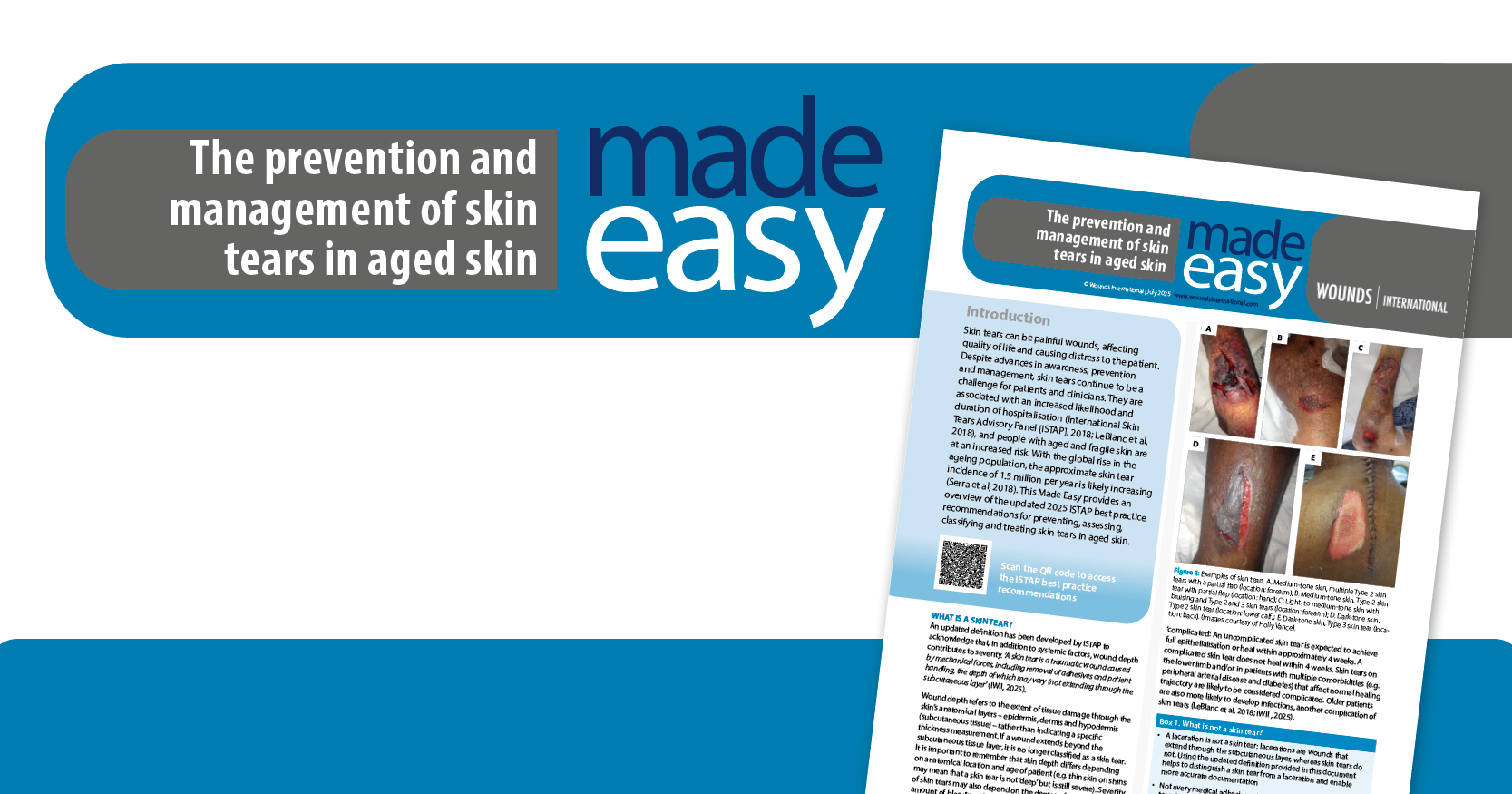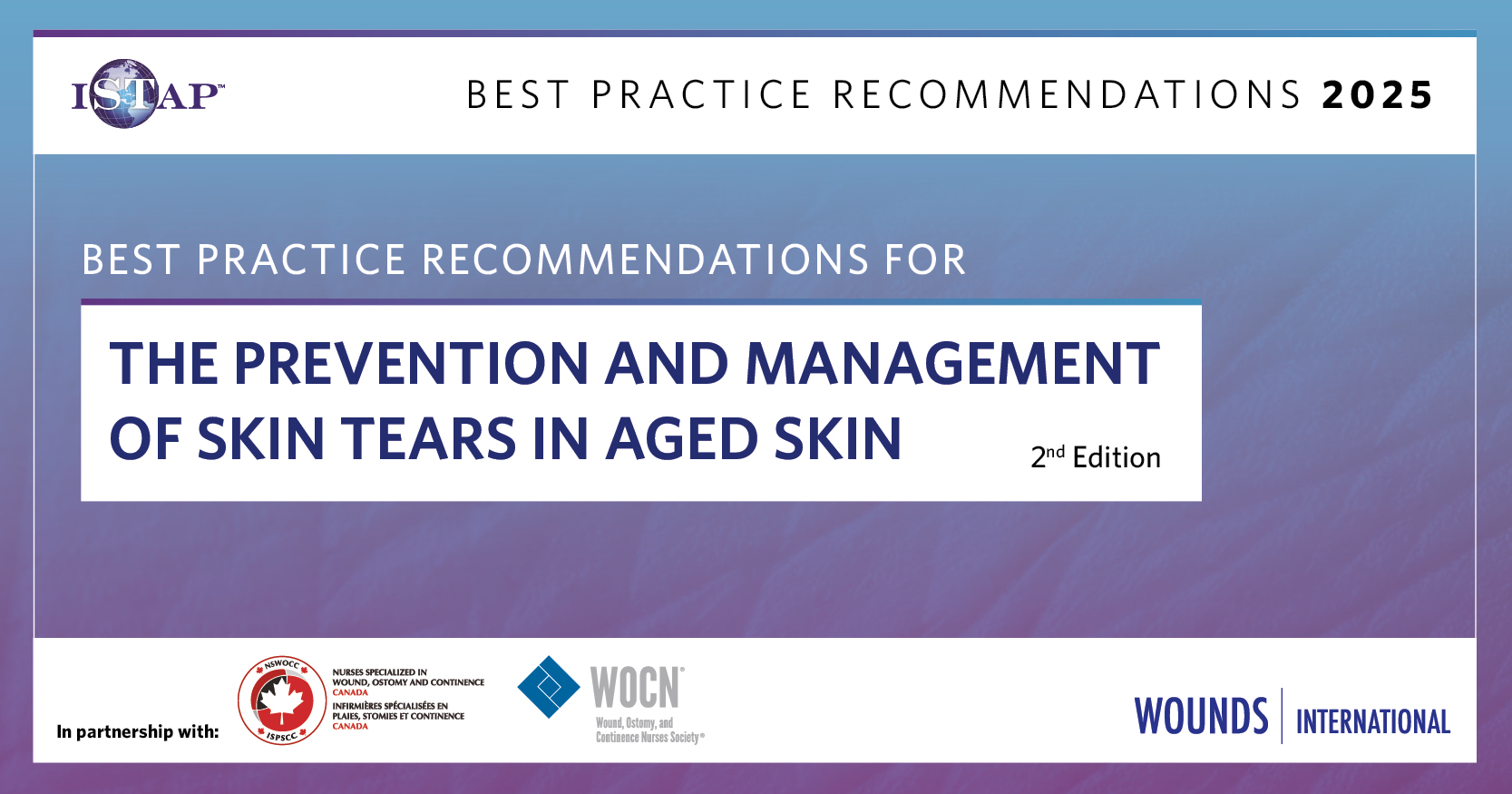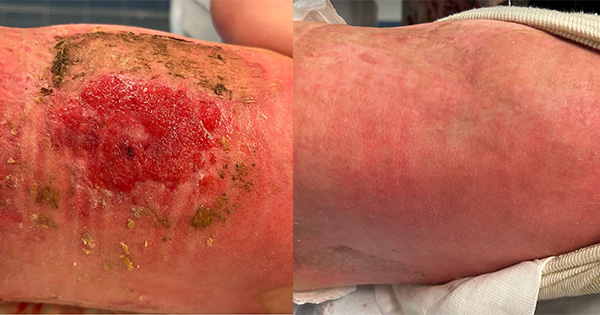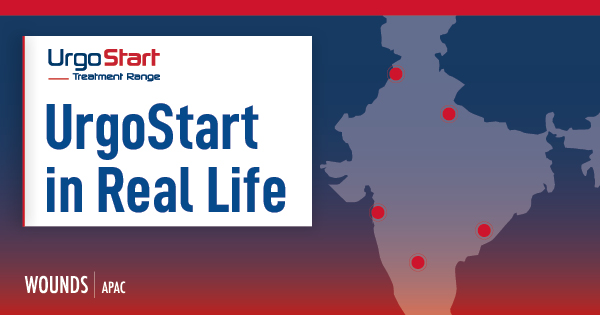1 – PI risk factors for the paediatric population are different based on ages
Pressure injury (PI) risk factors for adults have traditionally viewed as the PI risk factors for all ages of the paediatric population. As such, prevention measures/bundles are based on the adult model of prevention. New research has emerged noting that PI risk factors are different based on the age of the patient.
PI prevention measures for premature infants need to include interventions that consider the risk factors specific to this population. As the child grows, the PI risk factors continue to change. Developing PI bundles for paediatric hospitals should consider modifiable and non-modifiable PI risk factors dependent upon age.
There are two glaring risk factors not present that are traditionally considered PI risk factors: immobility and moisture. The majority of PIs in the paediatric population are medical device-related (MDR), therefore, immobility is not as large a concern when considering the entire population. It is of concern, however, in the adolescent population. The occiput is the focal point for immobility related PI in the infant and child.
Moisture over the sacrococcygeal is a standard modifiable PI risk factor in adults. The micro-climate has been given much attention related to PI prevention in that population. The skin of the entire paediatric population has a higher transepidermal water loss (TEWL). The greatest amount of TEWL occurs in the premature infant, but the level does not decrease to those of older adults until the individual reaches the age of 25. The application of a moisture barrier over the sacrum and coccyx assists in incontinence association dermatitis prevention, but does not assist in PI prevention as this is not a common location for PI development until the age of puberty.
Emerging literature in the past decade has proven that the majority of PIs in this unique population are created by medical devices. The application of the device creates downward pressure into the skin, which causes cell deformation and, therefore, a wound. Moisture trapped under the device decreases the tensile strength of the skin making the area more susceptible to deformation.
2 – Understand the developmental stages of the paediatric patient as it related to PI development.
The Neonatal Intensive Care Unit (NICU) setting is unique. These units can treat micro-premature infants as young as 21-weeks gestation. Within the last 10 years, medical science has decreased the age of viability from 25-week gestation to 22-week gestation. The consideration of these very small and fragile humans is that the skin is not fully developed. Reed, et al has shown that the stratum corneum is not present until 28-30-week gestation. Prior to the development of the stratum corneum, the skin is stratified squamous epithelium, which is the same tissue as mucosal membrane. Studies have not been performed to determine the amount of downward pressure this type of tissue can withstand before cell deformation occurs. A special consideration for this population is the chemicals that are present within devices that are applied to their developing skin. PI prevention measures should be aimed at device application and the products that are being utilised to adhere the device to the patient.
Infants are normally immobile until that are able to roll over and then start the process of walking upright. Mobility starts around 6–8 months of age with rolling and then walking upright occurs between 12-18 months of age. The largest part of the body of infants is the occiput. PI prevention from birth to age 8 should be focused on MDRPI and immobility-related PI of the occiput. From age 8 to adolescent, MDRPI continues to be a concern, but immobility-related PI should focus on all bony prominences.
As the developing child hits the age of puberty, which can start as young as 8 years old in girls. The average age of the start of puberty in females is 11 and 12 in males. During puberty, the skeletal structure undergoes a process known as ossification. Ossification is the process of the skeletal structure to create the hardness of the skeletal bones. Prior to puberty, the skeletal structure resembles cartilage. This process can continue up to age 25 depending on the individual bone. For the child going through puberty, it is important to implement a turning and repositioning schedule that involves the sacral/coccyx region and elevating the heels off the surface.
3 – Skin assessment
A head-to-toe skin assessment is a standard of care for identification of PIs. The average time for a complete skin assessment of an adult patient is 12 minutes. A skin assessment for a school-age to infant child should take ½ as much time. It is a good idea to have two clinicians perform the skin assessment. If any skin discoloration is identified, the second clinician can be a second pair of eyes to determine if the skin discoloration is a PI.
4 – Utilise a valid and reliable PI risk assess score that was developed for the paediatric population
There are several paediatric PI risk assessment scores available for use. Understand the score that is being utilised within your hospital. It is important that if the score being utilised does not include medical devices, to educate that nursing staff to assess the skin under and around all medical devices for skin discoloration and open wounds created by the device. Since even one medical device can create a PI, assessing the skin under the device is imperative regardless of the score being used does not have a subscale for medical devices.
There is currently only one PI risk assessment score that has been tested in this population. Many NICUs have chosen to not use a PI risk assessment score, but to consider all of the patients within that unit as high risk for PI development. This requires a change in assessment and prevention measures to be applied upon admission.
5 – Medical device-related PI prevention
Any medical device applied to the paediatric patient has the ability to create enough pressure to cause a PI. Application of all medical devices should be performed with care. If a life-saving device is in use, applying a prophylactic dressing under the device to allow for the device to immerse in the dressing is a helpful tip to decrease the potential of a PI.
The NICU treats critically ill infants directly following birth. The ages within this unit can be as young as 21-week gestation to 12 months of age. Typically, once they reach 1 year, they are moved to different units within the hospital depending upon diagnosis. Pressure injury prevention should be focused on medical devices. The most common cause of PIs in this unit is respiratory devices. Infants can easily be repositioned, and immobility-related PI should be focused on the occipital ridge. Application of medical devices should be performed with care. Using a transparent film or tape to secure devices to the skin should be performed with care. Infants with oedema and/or fluid shifts cause the film to tighten. The tightening of the film creates downward pressure on the device that it is adhering to the skin causing that device to create pressure in the skin and, thereby, creating a MDRPI.
The cardiovascular intensive care unit (CVICU) patients have a tissue perfusion and oxygenation risk factor that other patients may not experience. Due to decreased tissue perfusion, the digits of the extremities should be utilised with caution for application of medical devices, specifically the pulse oxygenation probe. Decreased perfusion within the skin can create decreased tensile strength, therefore, less pressure is required for cell deformation and subsequent PI development. Moving devices from one location to another will assist in decreasing MDRPI.
Using prophylactic dressing under appropriate medical devices will also assist in decreasing MDRPI. Applying foam dressings to the skin and securing a tube or device to the foam dressing is a positive prevention measure. This is especially effective under respiratory devices.
6 – Immobility-related PI prevention in the critically ill paediatric patient
Children with critical illness require special attention for PI prevention. Medical providers may be unwilling to allow the patient to move related to life-saving devices, such as extracorporeal membrane oxygenation (ECMO). ECMO can be utilised in the NICU and PICU, however, it is a common lifesaving device utilised in the CVICU. To assist with immobilisation, using a fluidised positioner assists with keeping the patient in a steady position to not disturb the ECMO cannulas and allows for repositioning as necessary by moving the positioner and not the patient.
PI prevention for a hemodynamically unstable patient can be challenging. The use of fluidised positions assists with movement and should be performed in incremental changes. A pillow will compress if used for positioning and not offload appropriately. With different body habitus (length vs width), to prevent sacrococcygeal PI in the pubertal patient, the patient should be positioned off of the coccyx.
Applying a prophylactic foam dressing to the sacrum is another good measure that can be used for PI prevention in pubertal patients. The dressing allows for shear and pressure forces to be absorbed into the dressing and deflects those forces away from the bony prominence.
7 – Repositioning the paediatric patient
There is no standardised time for repositioning in the younger children and infants. A common repositioning for adults is 2–3 hours along with an adequate support surface. The purpose of repositioning is to generally focus on the sacral coccygeal region, which is the most common location of PI development in adults. The most common body part for PI development in all ages of the paediatric patient is the head from respiratory devices. Until research is performed to develop a standard for repositioning in all ages of paediatric patients, understanding the development of the skeletal structure is most important and focus on those areas most at risk of immobility related PI for movement.
8 – Decreasing PI on the medical/surgical units
The medical/surgical units should spend their efforts on preventing MDRPI. vEEG leads are a prime concern for these floors along with PIV hubs. Utilising a fluidised position behind the head of patients with vEEG leads allows the leads to immerse or sink into the positioner and, therefore, decrease pressure to the scalp. Children with chronic diseases, such as CP or Lennox-Gastaut syndrome, need special attention to immobility related PI as adolescents as they are unable to reposition themselves.
9 – Utilising appropriate surfaces in a paediatric hospital
Mattresses or surfaces that are utilised within a paediatric hospital should be geared towards the weight and age of the patient. NICUs tend to use a small crib or an incubator. The mattresses are typically made of foam. These can be appropriate as there is minimal weight of the neonates utilising these surfaces. It is important to ‘nest’ the premature infants. This can be performed by using bumper pads that surround the neonate or by using fluidised positioners. The fluidised positioners assist in decrease movement of the infant but does not impede neurodevelopment.
The standard surface used on the hospital beds should allow for some immersion. Since a paediatric patient has less weight than an adult, the foam that is utilised should allow for low eight to gently sink into the mattress. Air surfaces may not be the best surface for this population. Many of the air surfaces manufacturers recommend that the weight of the patient be <70 lbs in order to sink into the surface. An air surface for a critically ill neonate allows for too much movement and may not be appropriate for the premature infant. Since the premature infant is less likely to develop a PI in the sacral coccyx region, the head of the infant should be the focus for the surface.
Surfaces for the critically ill that have an air component can be utilised successfully for immobility-related PI prevention in adolescent and younger patients undergoing puberty.
10 – Nutrition for PI prevention in the paediatric patient
On admission, a nutrition screen should be performed for all hospitalised paediatric patients. Utilise a screening tool that is valid and reliable. All patients that may be at risk for malnutrition or lose weight during admission should have a nutritional consult. Nutrition for the growing infant may incorporate micro-nutrients that will also assist in PI prevention.
Conclusion
Preventing PI in the paediatric population requires diligence and critical thinking skills. The success of prevention is dependent upon the bedside clinician paying close attention to the application of medical devices and the developmental age of the child they are caring. Success can be achieved with an interdisciplinary team focusing on PI prevention.




